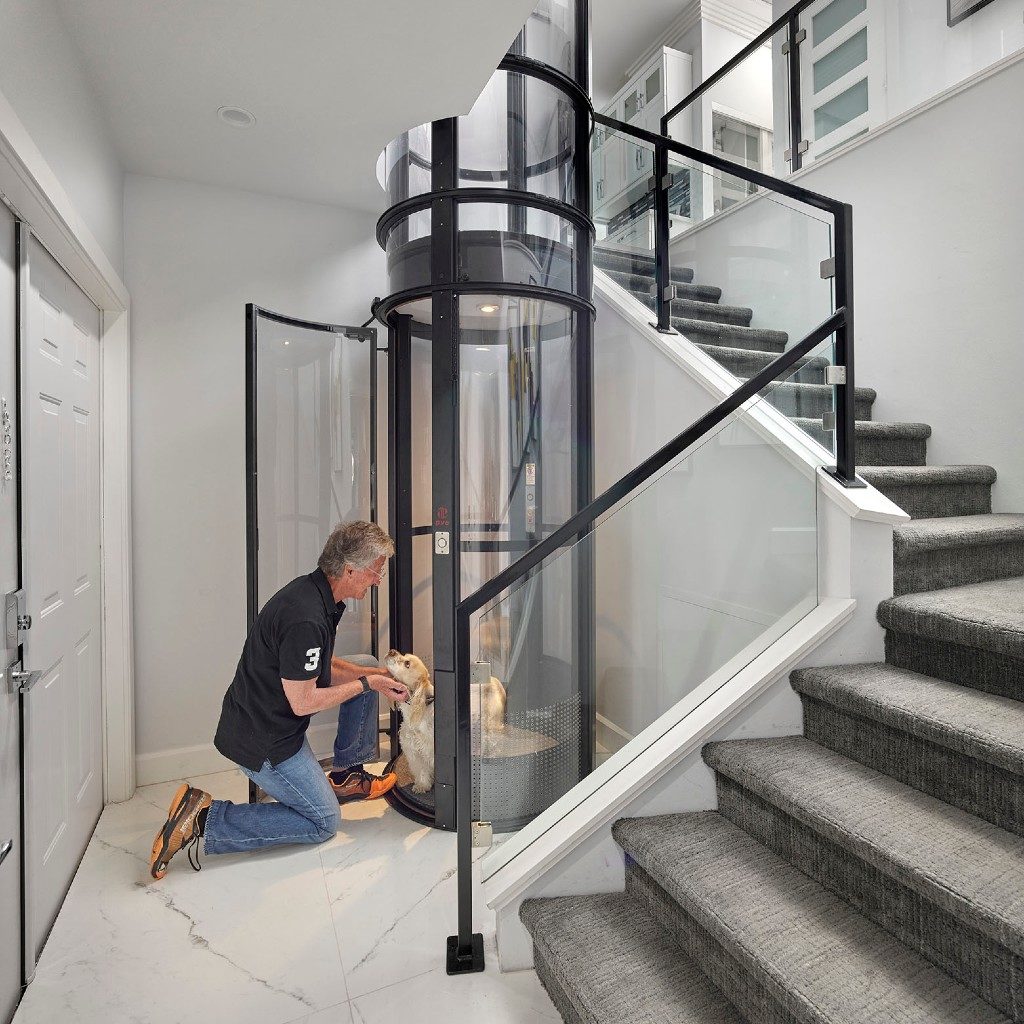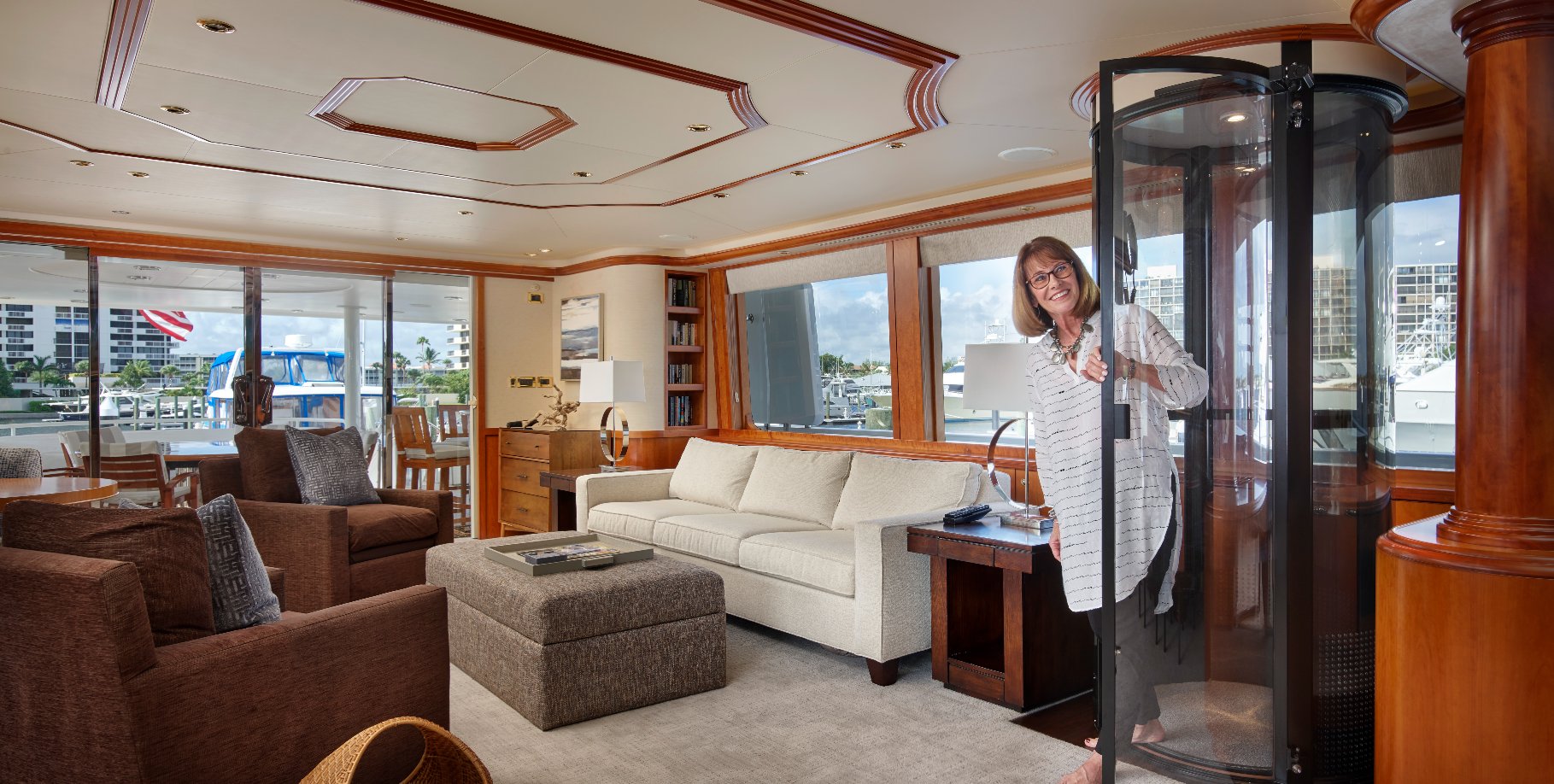Are you considering installing a home elevator or lift and want to know how they work? Well, you have landed in the right place. Residential elevators have become increasingly popular in recent years as more people want to improve their home accessibility, increase property value, and create a more luxurious living space. However, it is crucial to understand how residential elevators work and what sets them apart from their commercial counterparts. In this article, we will guide you through everything you need to know about home elevators, including the most popular styles, the installation process, and how to maintain and care for your elevator so that it continues to function correctly for years to come.
Do Residential And Commercial Elevators Work The Same Way?
Understanding the differences between residential and commercial elevators is essential before deciding. It will also help you understand how residential elevators work in a limited space.
One significant difference is in the design. Commercial elevators are subject to strict regulations to ensure accessibility for everyone, which can limit their styling options. On the other hand, residential elevators are customizable. In this way, they can suit your specific needs and design preferences.
While the styling may differ, residential and commercial elevators’ mechanics are similar. Both types of elevators rely on cables, pulleys, and a motor to lift and lower the cab. However, residential elevators are typically designed for lower usage and may have smaller load capacities than their commercial counterparts.
Whether you’re looking to improve home accessibility or add a touch of luxury to your living space, a residential elevator can be an excellent investment. By understanding the differences between residential and commercial elevators, you can make an informed decision and choose the elevator that’s right for your needs.
Do Home Elevators Work Safely?
Residential elevators offer a convenient and luxurious way to move between different floors of your home. While other styles of residential elevators are available, they all share some standard features that allow them to function safely and efficiently.
First and foremost, safety is paramount when it comes to residential elevators. They must meet high safety standards to ensure they are safe for use. Specifically, they must be designed in accordance with standard safety regulations for residential elevators, which outlines the safety requirements for residential elevators.
You should also remember a few key points while installing a residential elevator.
Always get a reliable and permanent power supply to ensure the elevator can operate smoothly and efficiently. Secondly, you will need enough space to install the elevator or the shaft that will house it. This will vary depending on the size and style of the elevator you choose.
Not having enough space in your home?
Why not go for the world’s smallest vacuum elevator, PVE30? Let’s know more about it.
If you’re seeking an elevator solution for your home that won’t take up too much valuable space, the PVE30 might be the perfect fit. With an exterior diameter of just 30″, it’s the world’s smallest fully certified residential elevator. Despite its small size, it can lift 350 lbs and comfortably accommodate a single passenger. Unlike other home elevators, the PVE30’s compact design allows it to be installed virtually anywhere in your home.

Alt: smallest residential elevators PVE30
Like others, these PVE30 residential elevators come equipped with an emergency phone system that requires an active phone line. This system allows you to call for help in an emergency or malfunction quickly.
Overall, residential elevators offer a safe and convenient way to move between different levels of your home. By following the necessary safety guidelines and ensuring that you have the right components in place, you can enjoy the benefits of a residential elevator for years to come.
How Do Pneumatic Elevators Work? The Most Efficient Home Elevators!
Let’s understand the technical details of how residential elevators work.
Pneumatic, vacuum or air-driven elevators use air pressure to move a cab up and down a shaft. The cab is enclosed in a cylindrical tube or “hoistway,” essentially a vertical airtight tube.
When the elevator is called, turbines create a vacuum above the cab by drawing air out of the hoistway. The pressure difference between the inside and outside of the cab creates a lifting force that moves the cab upward.
To descend, air is released back into the cylinder, which creates a slight positive pressure in the hoistway, gently lowering the cab to the desired floor.
The speed of the elevator is controlled by adjusting the amount of air flowing into the hoistway. A valve inside the elevator machinery regulates the airflow, and a brake system stops the cab at any upper floor.
Because pneumatic elevators don’t require a dedicated machine room or pre-construction pit, they can be installed in smaller spaces than traditional hydraulic or cable-driven elevators. They are also energy-efficient and have a sleek, modern design.
What Should You Know About Installing Pneumatic Residential Elevators?
Installing a pneumatic elevator can be an excellent option for those seeking a space-saving and energy-efficient solution for their home. However, it’s essential to carefully consider all relevant factors before installing an elevator, including building codes, power supply, phone setup for emergency calling, space requirements, capacity and speed, and maintenance and repair costs. Working with a reputable manufacturer or authorized distributor can help ensure your elevator is installed safely and has operated reliably for years.
Looking For a Reputable Vendor For Pneumatic Residential Elevators?
Pneumatic Vacuum Elevators is a renowned and pioneering manufacturer of vacuum elevators across the globe. With an impressive track record of over 22,000 successful installations in more than 90 countries, PVE continues offering innovative and energy-efficient residential elevator solutions. PVE offers three different sizes of vacuum elevators to accommodate different household needs.
- The single-passenger elevator PVE30 is the world’s smallest residential elevator. It has a compact exterior diameter of 30″ and a weight limit of 350 pounds.
- The two-passenger elevator PVE37 has a slightly larger exterior diameter of 37″ and can accommodate up to 450 pounds.
- The three-passenger elevator PVE52 is the largest, with an exterior diameter of 52″ and a weight capacity of up to 525 pounds.
Visit the PVE website today to learn more about their elevator options!








